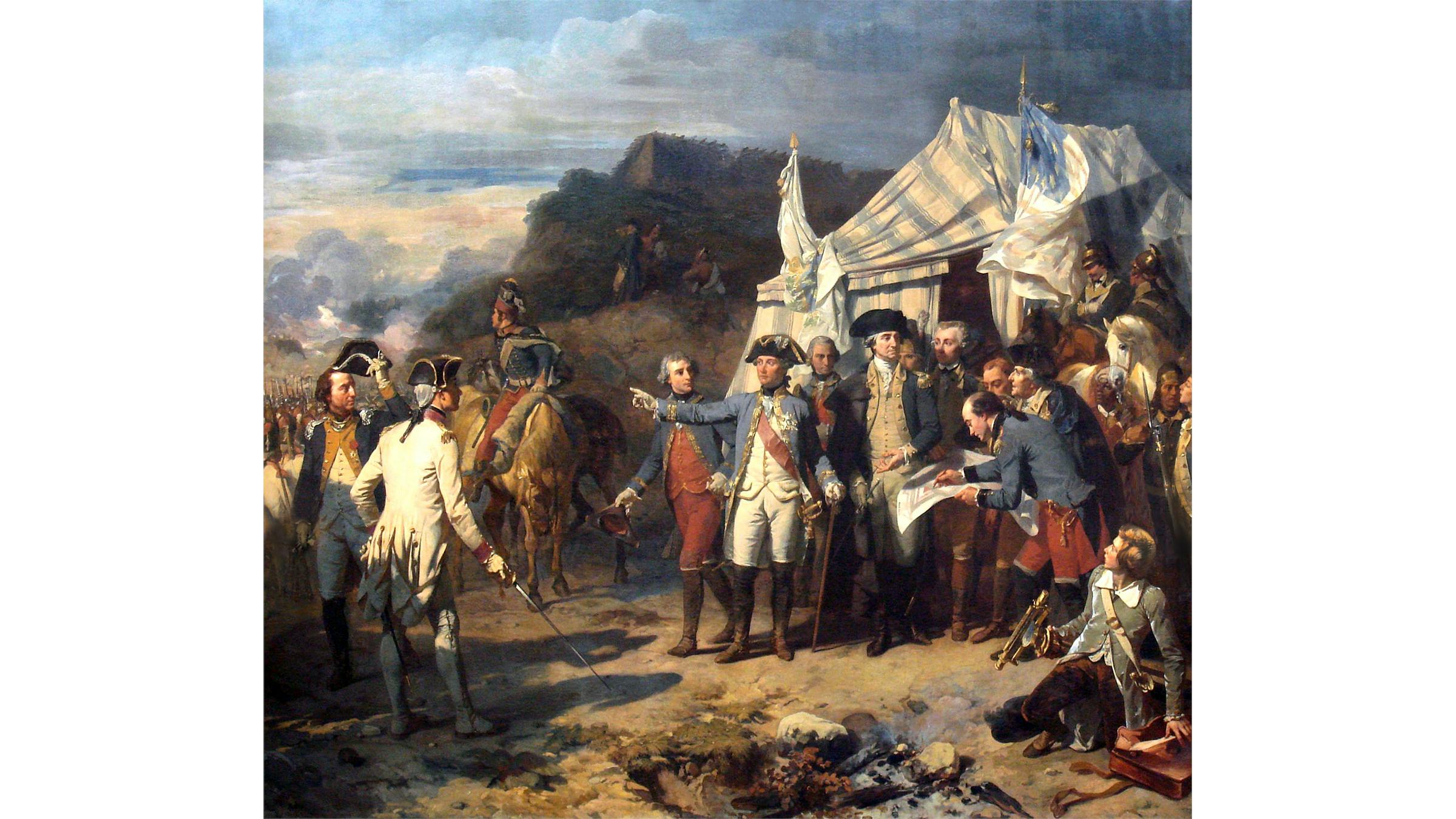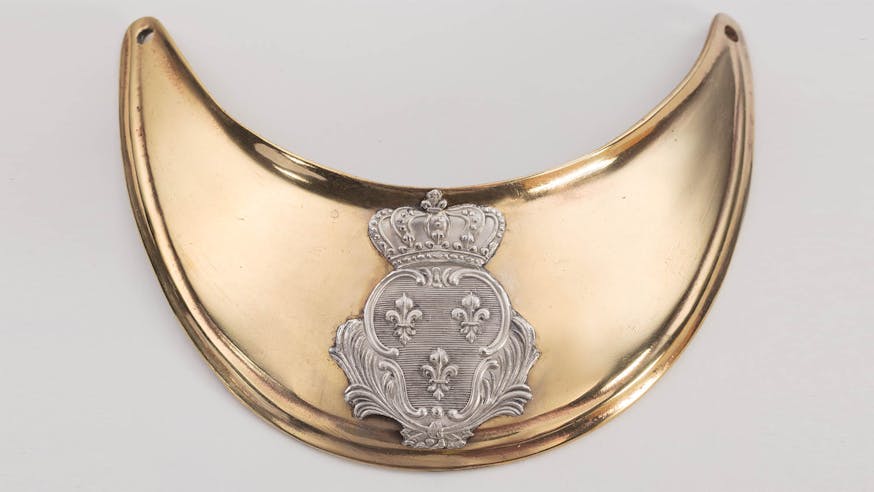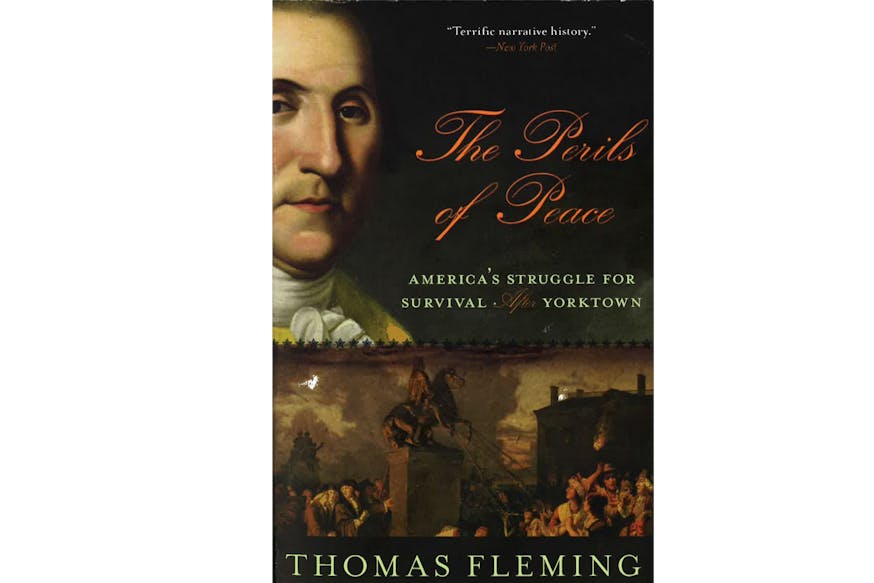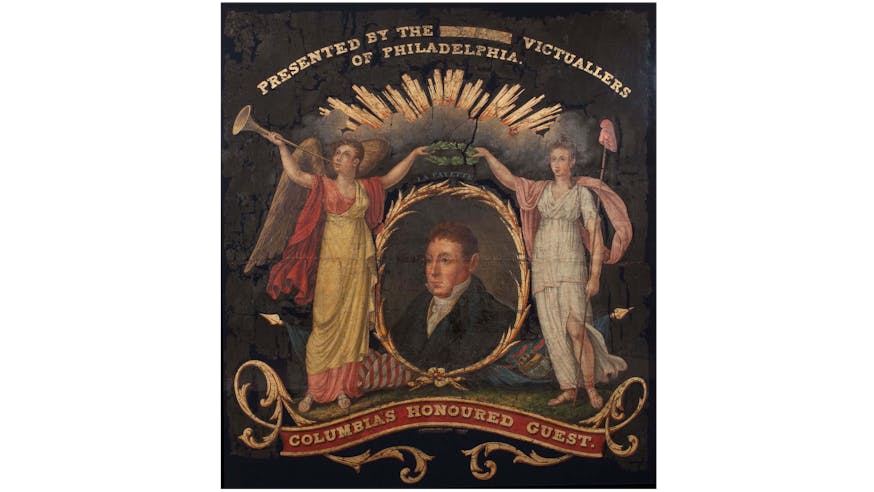Revolution Around the World
France and the American Revolution
The Revolution Around the World series explores the impact of the American Revolution on the globe and the influence of people from other countries on the Revolutionary era.
What was happening around the world in 1776? When and why did different countries get involved in the Revolutionary War? What was the impact of the broader American Revolution on those countries?
Take a closer look as we examine France's involvement in the American Revolution.
What was happening in France in 1776?
In 1776, France was one of the great powers of Europe. Though still reeling from the loss of its American colonies at the end of the Seven Years’ War in 1763, the country remained a global power with a strong army and navy. Like Great Britain, France had a young king. In 1776, Louis XVI was just 22 years old and had been king for only two years. His reign, which would end during the French Revolution, was only just beginning. He and members of his court looked eagerly towards America for the flourishing of new Enlightenment ideas and for the potential harm it might do to their old nemesis, the British.
When did France become involved in the American Revolution?
From the outset of the Revolutionary War, French intellectuals followed events in America. Some of the earliest printings of the new American state constitutions (some of which are displayed in the Museum) were in French, a direct attempt to curry favor with European audiences. Benjamin Franklin arrived in Paris in December 1776 as the first official representative of the United States in France. Franklin and others worked to secure secret shipments of French weapons, equipment, and uniforms. In 1778, the relationship between France and the United States was formalized with the Treaty of Alliance.

Which side did France choose, and why?
France chose to support the American Revolutionaries for two reasons. First, in global politics, France had been engaged in periodic wars with Great Britain. However, being a colonial power, they did not want to appear to be endorsing rebellious colonies. Two years after the American Revolutionaries declared the independence of the United States, France formalized its alliance with the new country. Second, many people in France, especially the nobility, were deeply engaged in the intellectual movement known as the Enlightenment and were inspired by new ideas about human society, rationalism, science, and progress. They viewed the American states, with their republican forms of government, as the embodiment of some of these new ideas.
Who were the key French players in this story?
The list of French people involved in the Revolutionary War is impressive. Independent Frenchmen such as the Marquis de Lafayette traveled to America to join the war effort. Later in the Revolutionary War, French soldiers and sailors were instrumental in the victory of the United States. Officers like the Comte de Rochambeau and the Comte de Grasse led the French land and sea forces that made possible Washington’s victory at Yorktown in 1781. Frenchman Pierre Charles L’Enfant, who would go on to design Washington, DC, joined the Revolutionary forces in 1777. On a late summer day in 1782, he sat on a hillside in Verplanck’s Point, New York, and sketched the only known image of Washington’s tent in the field.

What was the impact of France's involvement?
France helped make the victory of the United States possible. Continental soldiers used French weapons and wore French-made uniforms and, by the end of the war, they fought alongside French soldiers. The French army and navy battled the British all over the world, from Asia and Africa to the Caribbean, which stretched the capabilities of the British war effort in America. A number of Revolutionary War battles didn’t even include Americans – the last battle of the war occurred when British and French ships clashed off the coast of India in 1783. But the American Revolution continued long after the Revolutionary War was over. Ideas about liberty and equality helped inspire the French Revolution and independence movements in French colonies, such as Haiti, for generations after 1783.
Dive Even Deeper
- Related Read the Revolutions: Investigate France's role in the American Revolution even further with Jonathan Israel's The Expanding Blaze, Thomas Flemings' The Perils of Peace, and David Head's A Crisis of Peace. Looking for a kid-friendly option? Check out Selena Castrovilla's Revolutionary Friends.
- From the Collection: Explore the Museum's collection to see an intricately designed French sword, a French musket marked "UNITED STATES," and a French gorget.
- Lafayette in the Collection: Explore the Museum's collection for artifacts related to Lafayette, including a parade banner marking his 1824 return to the United States, a brazier said to who been brought to the United States by Lafayette, and a painting depicting Baron de Kalb introducing Lafayette to Silas Deane.
- True Colours Flag Project: Learn more about France's role in the Revolutionary War at sea through the Museum's True Colours Flag Project, which set out to recreate large flags flown by privateers and navy ships by countries like the United States, France, Britain, Spain, Portugal, and more during the Revolutionary War at sea.
Learn More

French Gorget

The Perils of Peace
